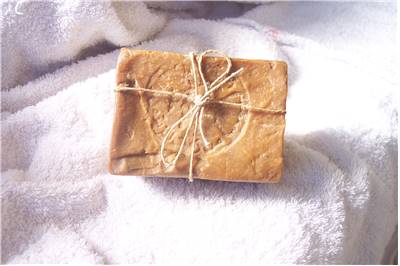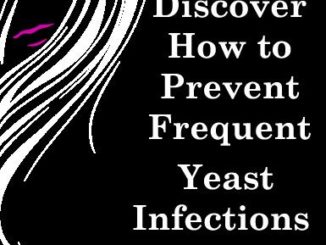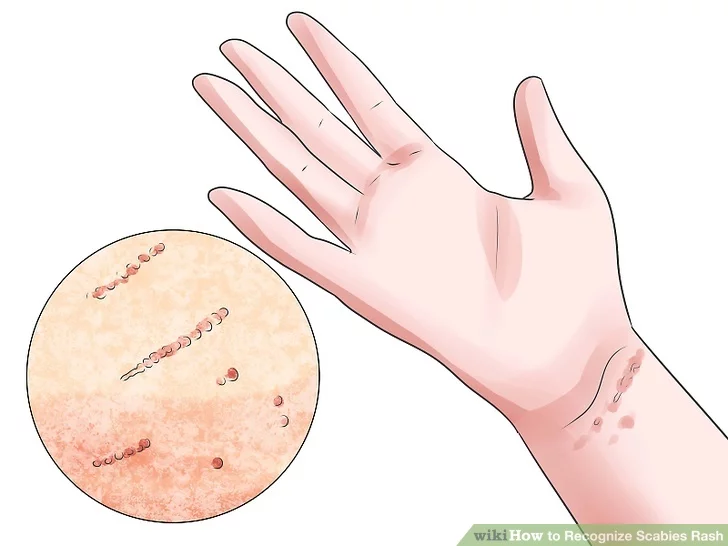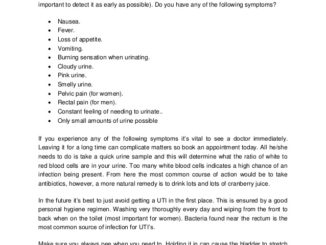
Our skin is bombarded daily with constant influences such as drying winds, scorching sun, biting cold weather, secretion of natural oils, bacteria and dirt. It didn’t take long to figure out that preserving the health of skin is a way for better and longer life. As civilization slowly evolved – Stone Age to Now, advancements in technology, medicine and chemistry enabled the rise of soap – a multipurpose cleaning tool of clothes, skin and the area that we live in. Created from the numerous variations of ingredients, all soaps have two main ingredients – animal or vegetable oils/fats and an alkaline solution that enables the process of saponification. The products of this reaction are two; soap and glycerin. During the last few thousand years, process of soap creation received numerous upgrades and adjustments, mostly by adding natural additives of color and smell, but in modern times also many new industrial substances that increase soap’s performance in cleaning and lubrication.
The existence of the first soap like materials date back to 2800 B.C. from archeological digs of ancient Babylon. They made soap from animal fats boiled with water and ashes. These first soaps were used to wash wool used in textile industry. Detailed accounts of using soap came from Ancient Egypt of 3500 years ago, where soaps and aromatic oils were not only used for washing but also as important medical cure for many skin diseases (go figure!)
The use of soap continued though the Roman civilization, where several medicinal instruction books clearly stated that use of soap is beneficiary for health and long life. Sadly, after the fall of Roman Empire, the tradition of personal hygiene, eating hygiene and clean living quarters was abandoned (except in Asia, where hygiene remained respected and enforced by tradition). This enabled the spread of many deadly diseases across Europe, and shortened the average length of human life to only 35 years.
The benefits of soap finally managed to appeal to the wide European population around the 17th century, and since then tradition of maintaining high personal hygiene has experienced constant growth. Advancements in science and technology enabled soaps to become more useful in cleansing and received many more medicinal uses as time went by. Sadly, introduction of heavily industrialized and mass produced soaps and detergents brought many unhealthy substances into soaps, which had a potential to cause skin irritation and other harmful effects on human body. Ever notice that (with a few exceptions) as you go down the soap aisle in your local grocery store that the bars are described as ‘Bath Bar’, ‘Beauty Bar’, ‘Deodorant Bar’ or some other nonsense? By law, those fake soaps can’t use the term ‘Soap’. So why are you still buying that stuff? While it’s true, some of you may have been using these commercial soaps for years without noticing any terribly ill effects; but as we get older and seem to have more problems with our skin care we should consider dropping products that contain the ingredients like sodium laureth and sodium lauryl sulfates, EDTA, TEA, DEA, FD&C colors or dyes, and other chemical sounding names you don’t recognize or can’t even pronounce. Avoid them all. They’re not kind to your skin, your health or the environment. As the era of environment friendly and natural products is sweeping around the world, many manufacturers of soaps try to shift their production in a direction that will satisfy the modern day customers who demand safe, eco-friendly and inexpensive products.
Here at the Falling Leaf Soap Company we’re raising the bar – of soap – to the next level! In addition to our botanical soaps, we also make body butters, salt scrubs, lip balms, massage oils and natural insect repellents.
Proudly WWW.PONIREVO.COM
Source by Debbie Riley



